Refine listing
Actions for selected content:
2251 results in Cambridge Elements
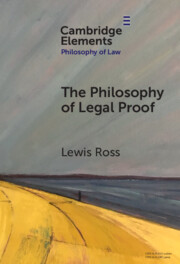
The Philosophy of Legal Proof
-
- Published online:
- 23 April 2024
- Print publication:
- 16 May 2024
-
- Element
- Export citation
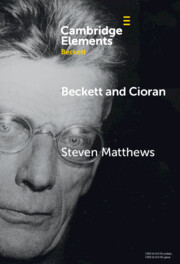
Beckett and Cioran
-
- Published online:
- 22 April 2024
- Print publication:
- 16 May 2024
-
- Element
- Export citation
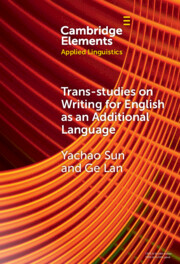
Trans-studies on Writing for English as an Additional Language
-
- Published online:
- 22 April 2024
- Print publication:
- 30 May 2024
-
- Element
- Export citation
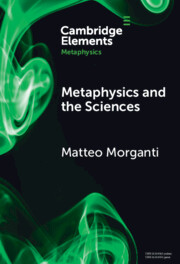
Metaphysics and the Sciences
-
- Published online:
- 22 April 2024
- Print publication:
- 30 May 2024
-
- Element
- Export citation
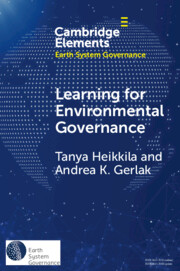
Learning for Environmental Governance
- Insights for a More Adaptive Future
-
- Published online:
- 22 April 2024
- Print publication:
- 16 May 2024
-
- Element
- Export citation
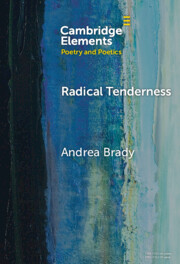
Radical Tenderness
- Poetry in Times of Catastrophe
-
- Published online:
- 19 April 2024
- Print publication:
- 09 May 2024
-
- Element
- Export citation
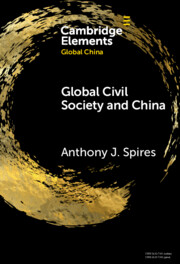
Global Civil Society and China
-
- Published online:
- 19 April 2024
- Print publication:
- 18 April 2024
-
- Element
- Export citation

Performing Grief in Pandemic Theatres
-
- Published online:
- 19 April 2024
- Print publication:
- 23 May 2024
-
- Element
- Export citation
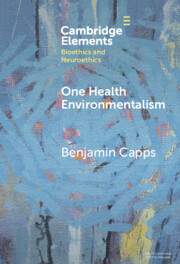
One Health Environmentalism
-
- Published online:
- 19 April 2024
- Print publication:
- 16 May 2024
-
- Element
- Export citation
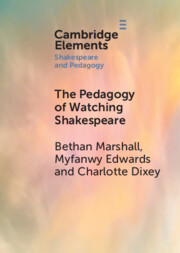
The Pedagogy of Watching Shakespeare
-
- Published online:
- 18 April 2024
- Print publication:
- 16 May 2024
-
- Element
- Export citation

Emotions and Monotheism
-
- Published online:
- 18 April 2024
- Print publication:
- 16 May 2024
-
- Element
- Export citation
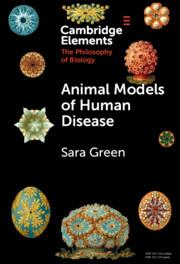
Animal Models of Human Disease
-
- Published online:
- 17 April 2024
- Print publication:
- 16 May 2024
-
- Element
- Export citation
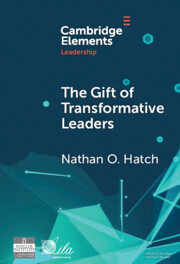
The Gift of Transformative Leaders
-
- Published online:
- 17 April 2024
- Print publication:
- 16 May 2024
-
- Element
- Export citation
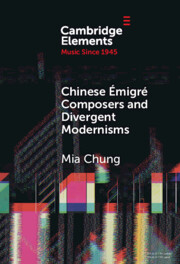
Chinese Émigré Composers and Divergent Modernisms
- Chen Yi and Zhou Long
-
- Published online:
- 16 April 2024
- Print publication:
- 30 May 2024
-
- Element
- Export citation
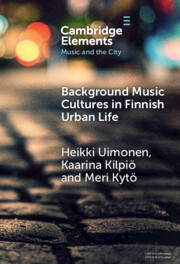
Background Music Cultures in Finnish Urban Life
-
- Published online:
- 16 April 2024
- Print publication:
- 16 May 2024
-
- Element
-
- You have access
- Open access
- HTML
- Export citation
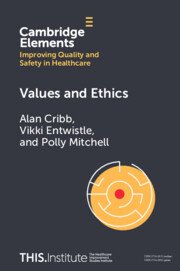
Values and Ethics
-
- Published online:
- 16 April 2024
- Print publication:
- 16 May 2024
-
- Element
-
- You have access
- Open access
- HTML
- Export citation
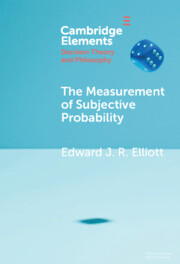
The Measurement of Subjective Probability
-
- Published online:
- 13 April 2024
- Print publication:
- 02 May 2024
-
- Element
- Export citation
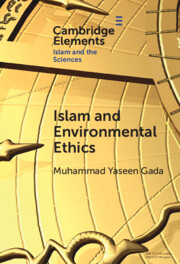
Islam and Environmental Ethics
-
- Published online:
- 13 April 2024
- Print publication:
- 09 May 2024
-
- Element
- Export citation
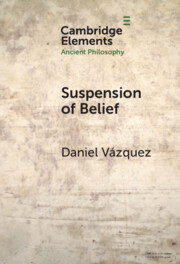
Suspension of Belief
-
- Published online:
- 13 April 2024
- Print publication:
- 16 May 2024
-
- Element
- Export citation

Evolutionary Perspectives on Enhancing Quality of Life
-
- Published online:
- 13 April 2024
- Print publication:
- 23 May 2024
-
- Element
-
- You have access
- Open access
- HTML
- Export citation
